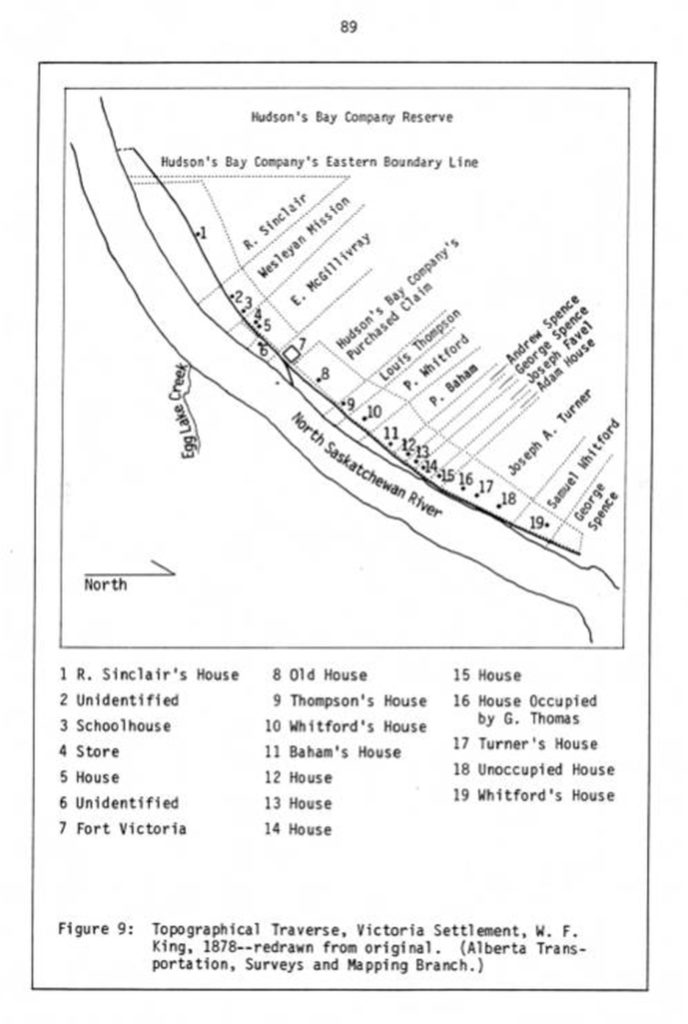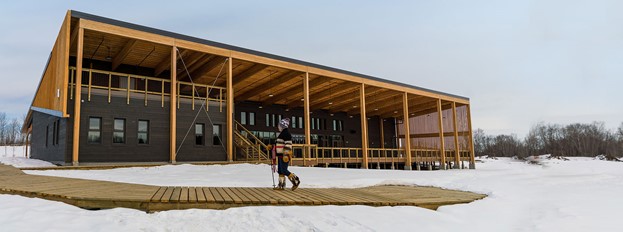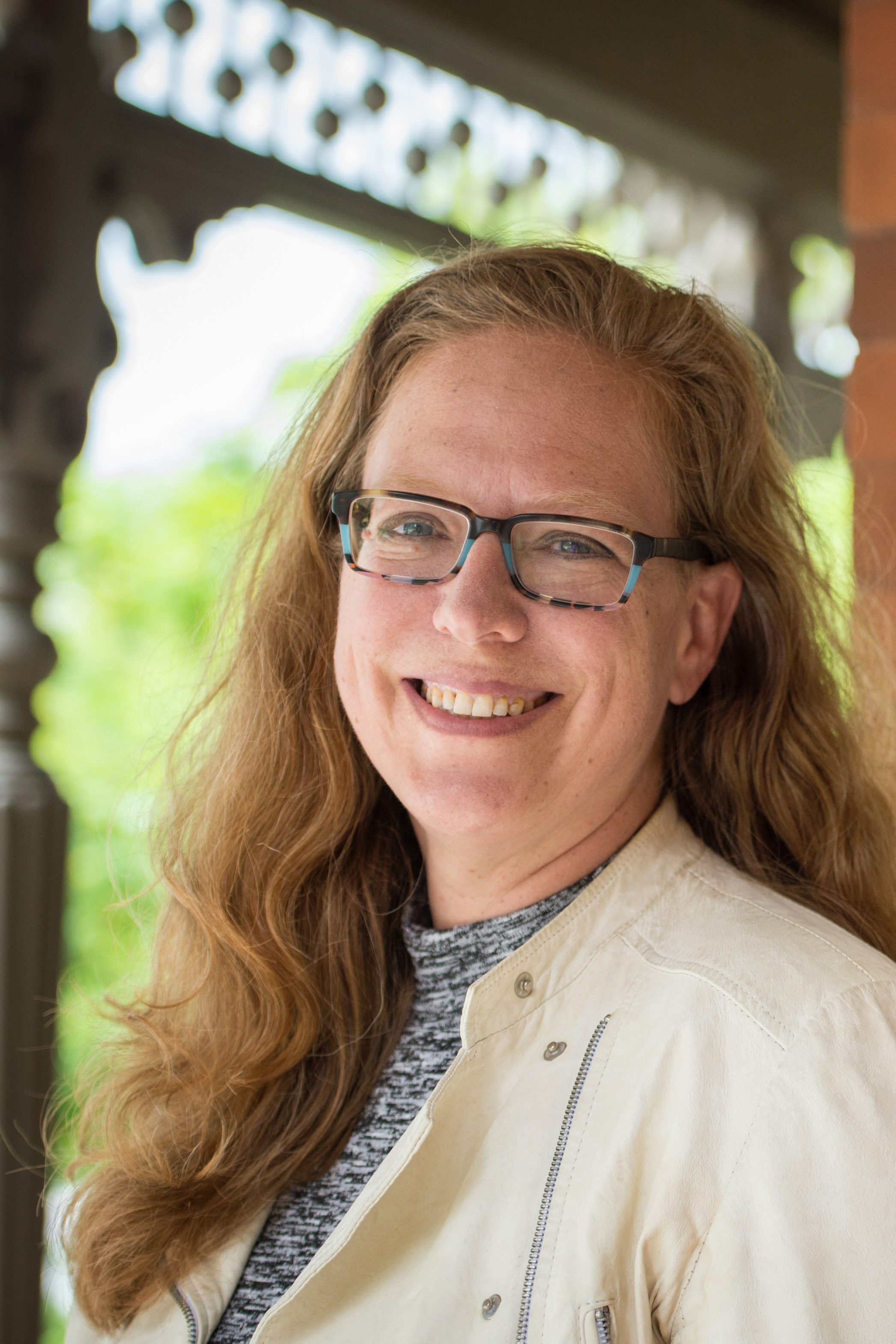Discover Métis Culture, People and Now Bison at Métis Crossing

Original river lot Metis homes. Source: Metis Crossing
One and a half hours from Edmonton, Métis Crossing in Smoky Lake AB, is a gathering place to learn about Métis culture and people. Sitting along the historic Victoria Trail and the North Saskatchewan River, the stories of the Métis families who thrived there are shared through original river lot homes and buildings, seasonal harvesting camps, and Métis interpreters inviting visitors to experience elements of culture through arts, skills, cuisine, and stories.

Metis Crossing is on river lots 10-14. Photo: Leslie Hurt, Occasional Paper Series No. 7.
Established 20 years ago on 512 acres of land, comprised of river lot titles from the original Métis settlers to the region in the late 1800s, Métis Crossing shares elements of Métis culture through extensive immersive programming. The River Lot system pre-dates the sale of Rupert’s Land to the Dominion of Canada and the adoption of the standard rectangular township plan of Alberta. A staple of Métis culture, this style of farming allowed for equal access to the river, wooded areas, cultivated land, and provided space for hay lands. Fort Victoria, a Hudson’s Bay trading post, is ten minutes further along the North Saskatchewan River and was where the Metis traded their furs.
“The Métis people came from the joining of the First Nation and the European cultures. But for hundreds of years, Metis people have been neither European nor First Nations.” said Juanita Marois, CEO, Métis Crossing. Explaining, “We haven’t been accepted and celebrated for who we are. But now through what we’re doing at Metis Crossing, our own people are able to come back and be proud of who we are. it’s about creating things together that will make Canada a better place.”
On September 25, 2021, Métis Crossing welcomed the return of Woods Bison, Plains Bison, White Bison, Elk, White Elk, and Percheron horses to their newly created Visions, Hopes and Dreams Wildlife Park. The important relationship between the Métis people and bison stems from the traditional bison hunt that brought thousands of Métis people together across the prairies each spring and fall. Through the gathering of these large communities, the Métis Nation took shape with the development of their own laws, democratic, and judicial systems. By the 1880s the plains bison were nearly decimated, and the Metis were largely forced to comply with federal settlement policies. The bison’s demise greatly changed the lifestyles of the Métis and other Plains Indigenous peoples.
This winter visitors can expect a variety of tours through the wildlife park that explain the significance of the animals return to the Métis.

Artistic rendering of the 40-room lodge at Metis Crossing. Photo: Metis Crossing
Also new to Metis Crossing, is a 40-room boutique lodge designed by Metis architect Tiffany Shaw-Collinge who designed the 11,000 square foot welcome center in 2020. The rooms at the lodge were curated by a Métis artist and include a hand sewn quilt made by women from the New Dawn Métis Women’s Society, which guests have the option to purchase at the end of their stay.
Métis Crossing is dedicated to sharing the Métis story, and that includes their food. Like the Métis people, the centre’s favourite dishes come from a fusion – of past and present, of European and Indigenous, of traditional country food and regional delicacies. With dishes such as smoked bison sausage and maple glazed smoked trout, food adventure awaits.
“We are trying a field and forest to table kind of program,” said Marois. “Part of our story is how Metis people fed themselves, whether it was hunting or trapping or farming. We planted 4000 saskatoon bushes, so we can still tell the story on a larger scale. The plants that we are putting in here are hazelnuts, saskatoons, raspberries, and strawberries. The plants that would have been here, remaining authentic to those foods that we would have been eating. “
Métis Crossing is a fascinating place with many stories and experiences to share. It’s open year-round, and offers educational opportunities to understand Indigenous cultures and traditions on traditionally settled lands.

White Bison at the Visions, Hopes and Dreams Wildlife Park. Source: Metis Crossing


